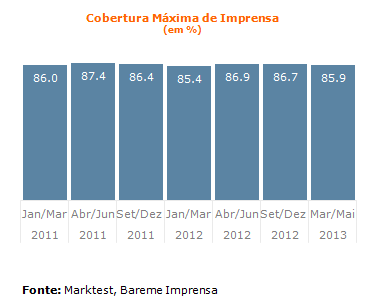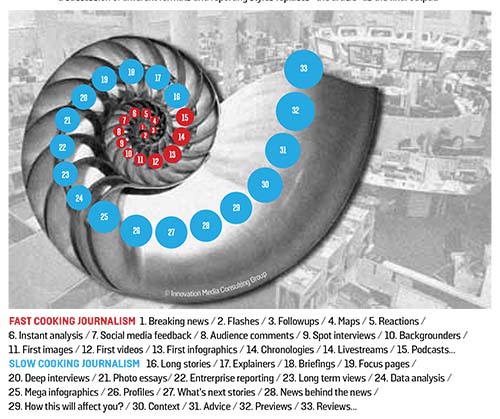
velo_city (CC BY-NC-ND 2.0)
George Brock, professor of journalism at City University in London, recently released a book, “Spike the gloom – journalism has a bright future”, recognizing that it is an established fact that newspapers are disappearing due to an evolutionary process of journalism that has happened before, but that is not the fault of the Internet. According to the author, the television was responsible for the disappearance of more newspapers.
Brock also warns that, recurrently journalism is confused with newspapers which, for him, are distinct things which should not be confused.
Source: paidContent









